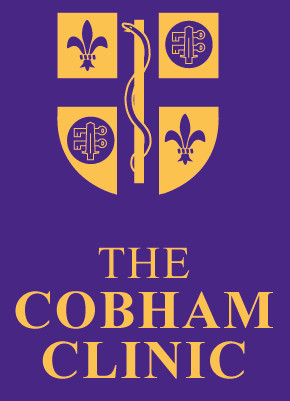By continuing to use the site, you agree to the use of cookies. You can find out more by following this link - Close
Gastric bypass combines restrictive and Malabsorptive techniques to produce weight loss:
Restrictive– the upper portion of the stomach is stapled to create a small ‘upper stomach’, or pouch about the size of a golf ball.
Malabsorptive – the intestine is cut or divided. The lower portion of this division (the long roux limb) is then lifted and joined to the new stomach pouch. The free end of the intestine (the biliopancreatic limb) is then joined to the remaining portion of the gut forming a ‘Y’ shape.
Food eaten passes into the pouch, which becomes full with only very small quantities of food, resulting in the feeling of fullness or satiety. Food then bypasses the remainder of the stomach and passes through the newly created opening into the long roux limb. This ‘replumbing’ of the intestine results in the partial malabsorption of food and calories, aiding further weight loss. Because gastric bypass surgery alters the anatomy of the gut and digestive process it is not reversible.
The operation is performed laparoscopically using keyhole surgery under general anaesthetic. Five or six small incisions are made in to the abdomen into which a flexible camera scope and surgical instruments can be introduced. This technique avoids the necessity for a large abdominal incision and aids a quicker recovery time.
Laparoscopic gastric bypass combines both restrictive and malabsorption and may be suited and may be better suited to patients with more complex eating patterns. Bypass has demonstrated good long-term weight loss maintenance results for patients. As the procedure is carried out laparoscopically, post-operative recovery times are faster than with open bypass techniques and most patients can expect to be discharged home 2 days post-operatively.
Weight loss tends to me most rapid in the first year post-bypass, with maximal weight reduction achieved at 18 months-2years. The rate of weight loss may vary, but an initial loss of 1-2kg per week is to be expected. At 2 years, patients can achieve up to 70% excess body weight loss, or 50% of initial weight. This weight loss will reduce the risk of disease associated with obesity and improve quality of life for very many patients. Your long term weight loss success can only be achieved by making permanent dietary and lifestyle changes in addition to the effect of the surgery.
